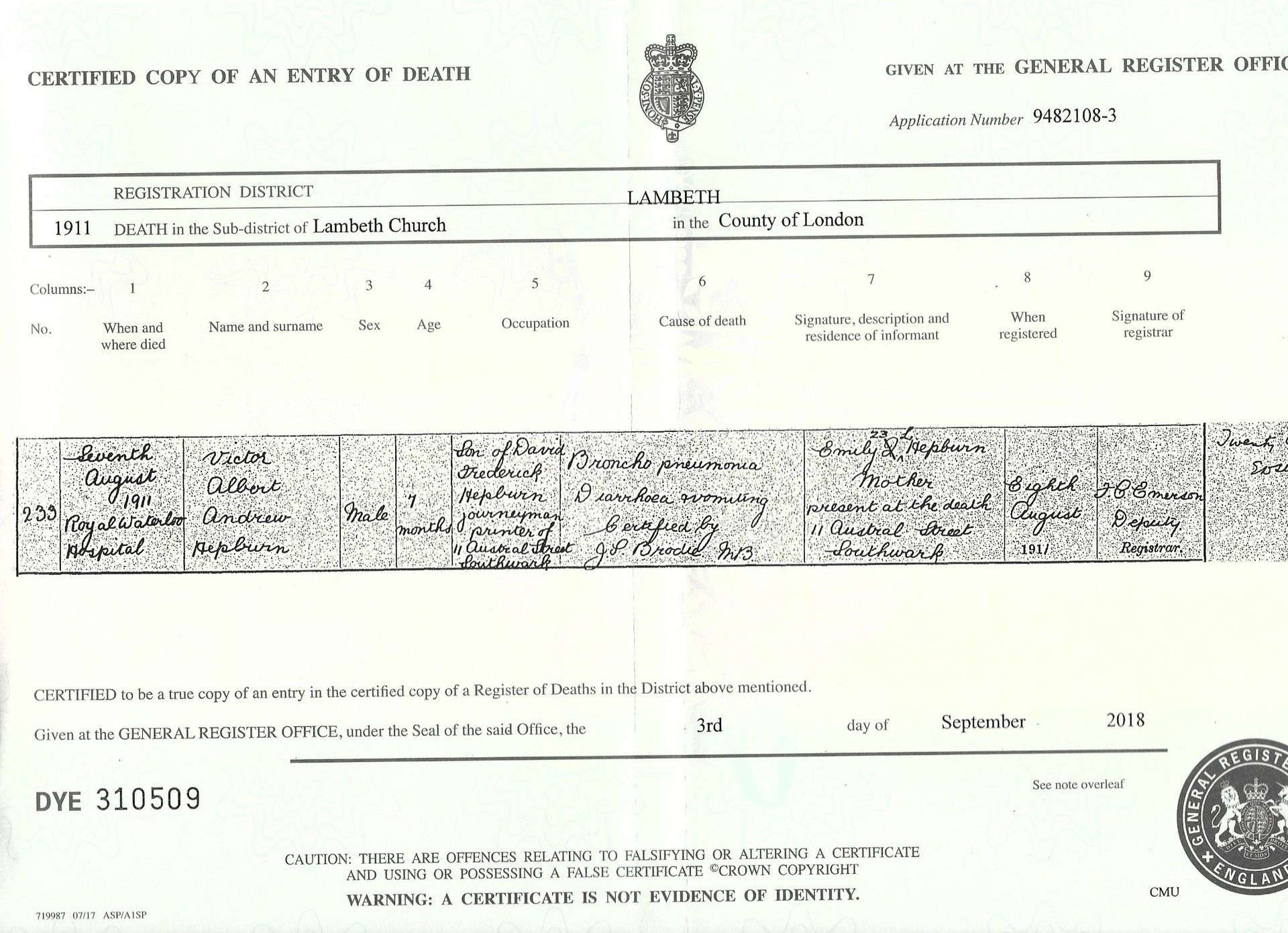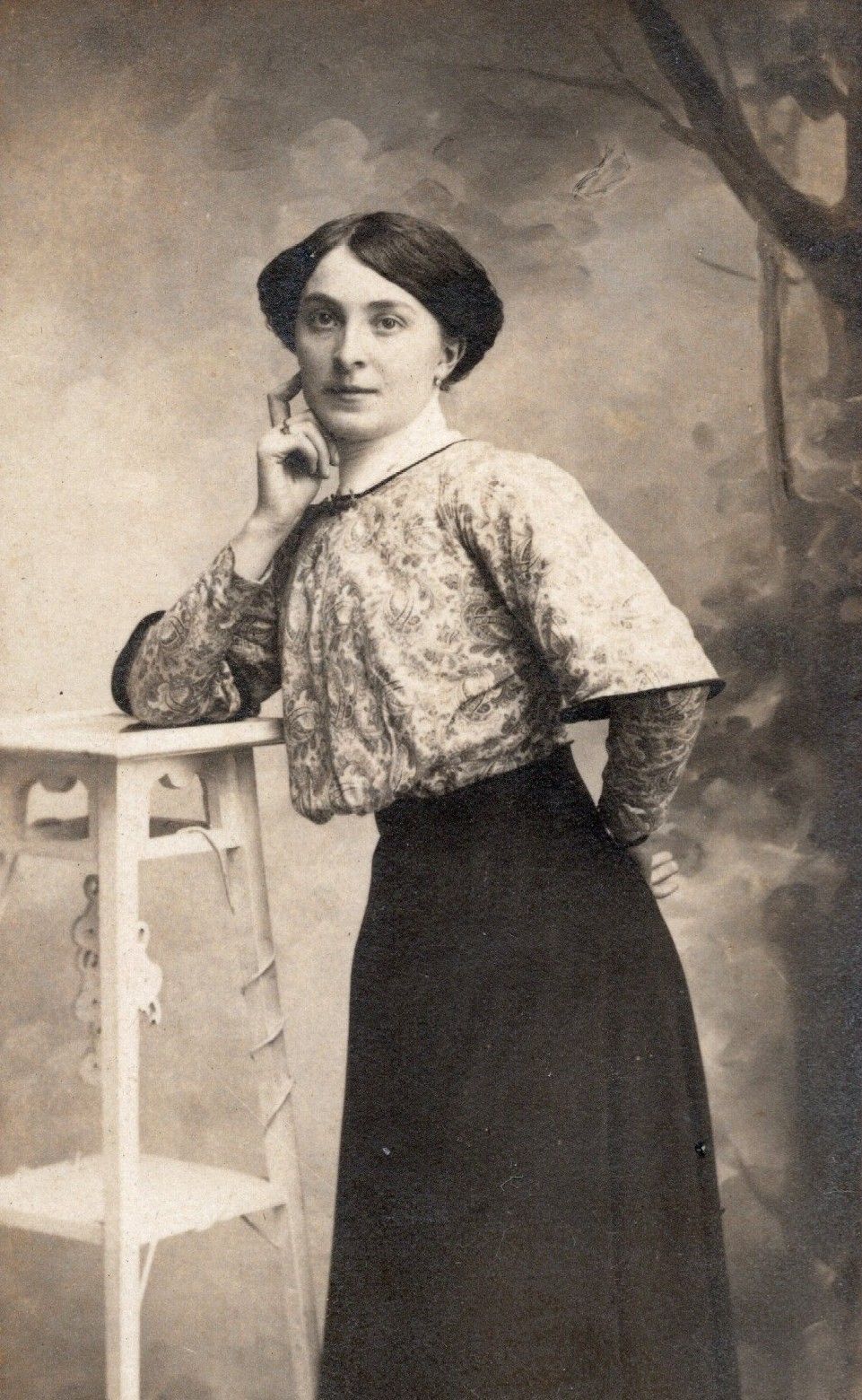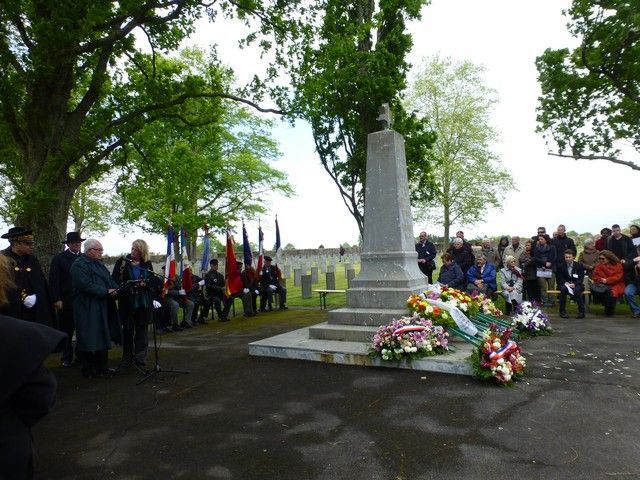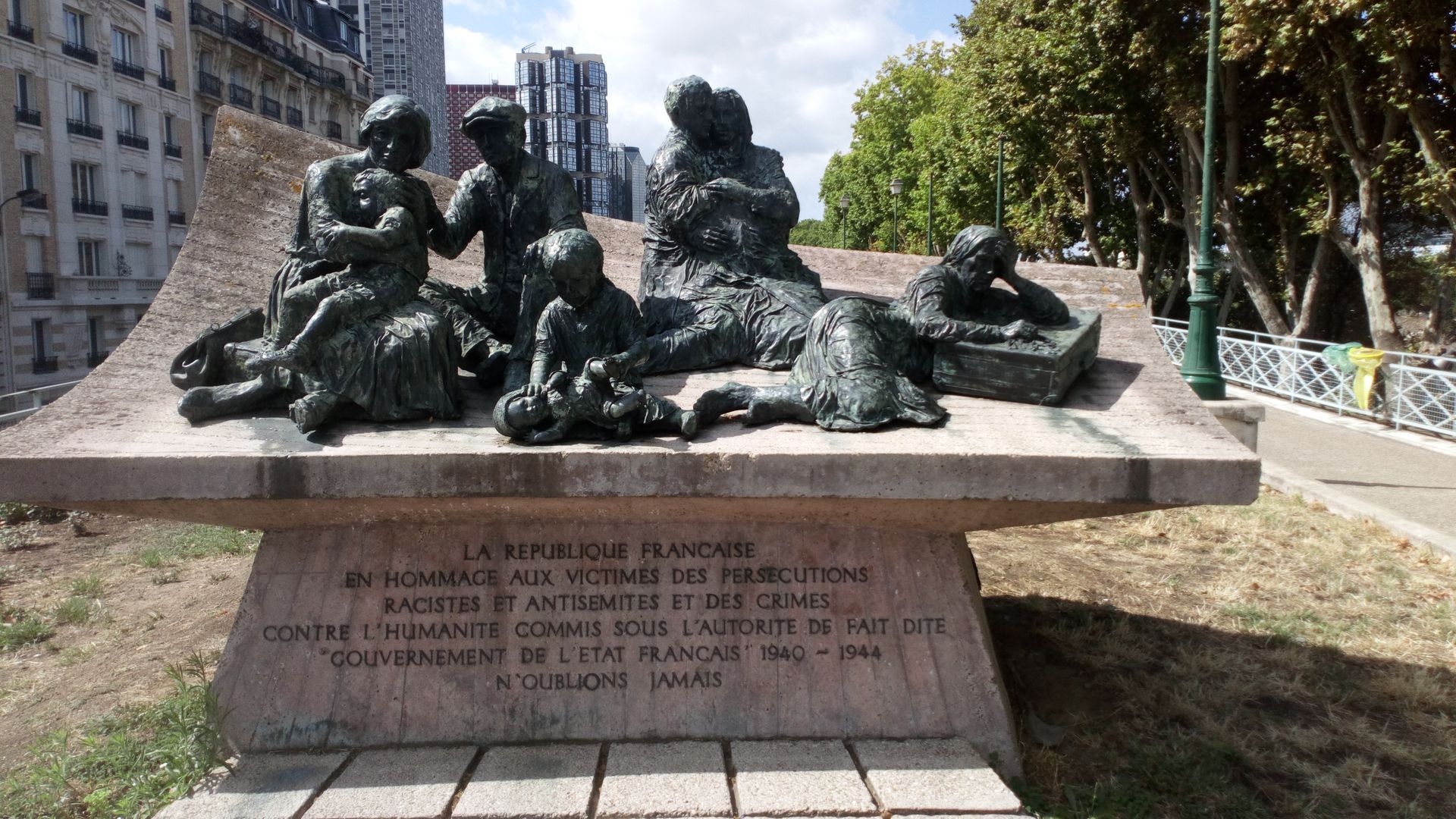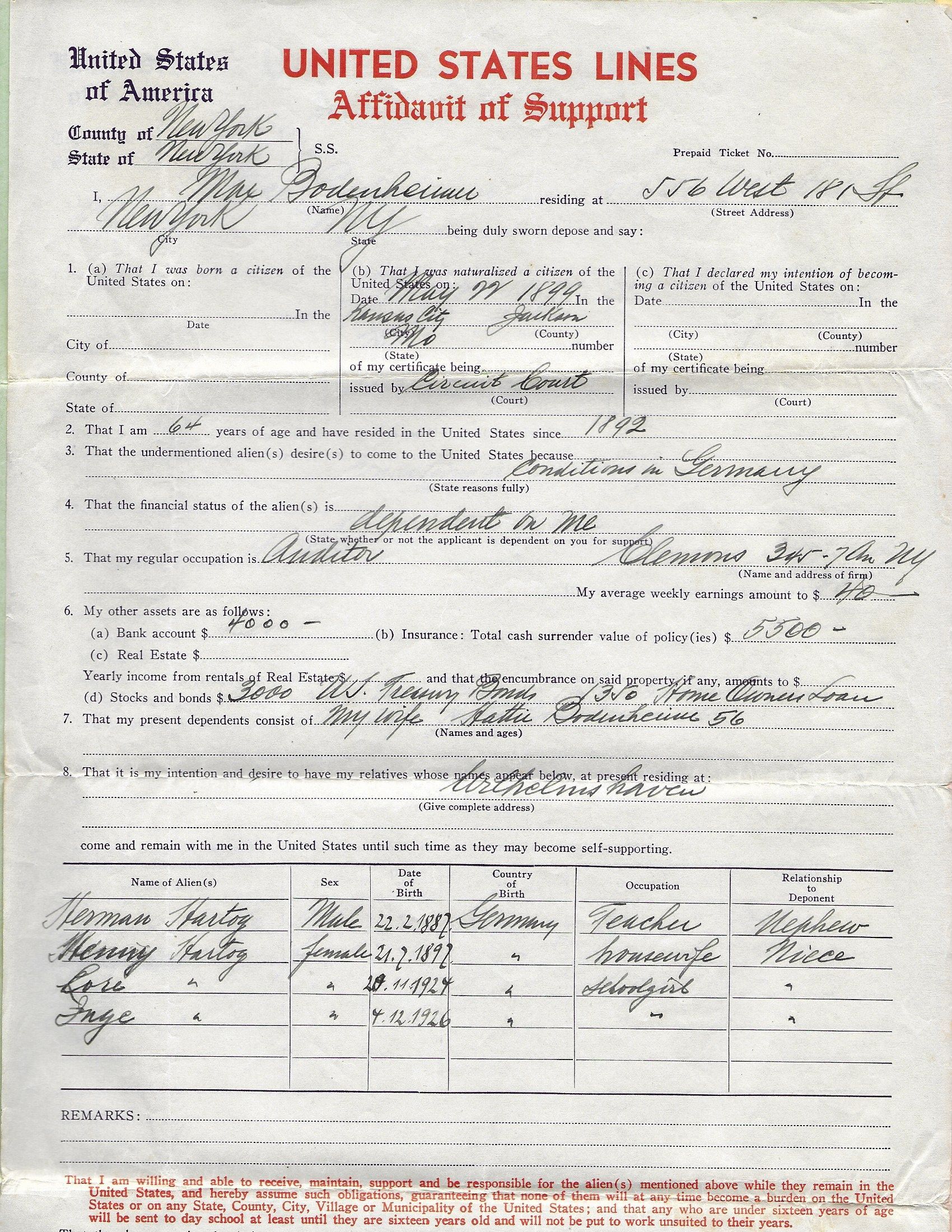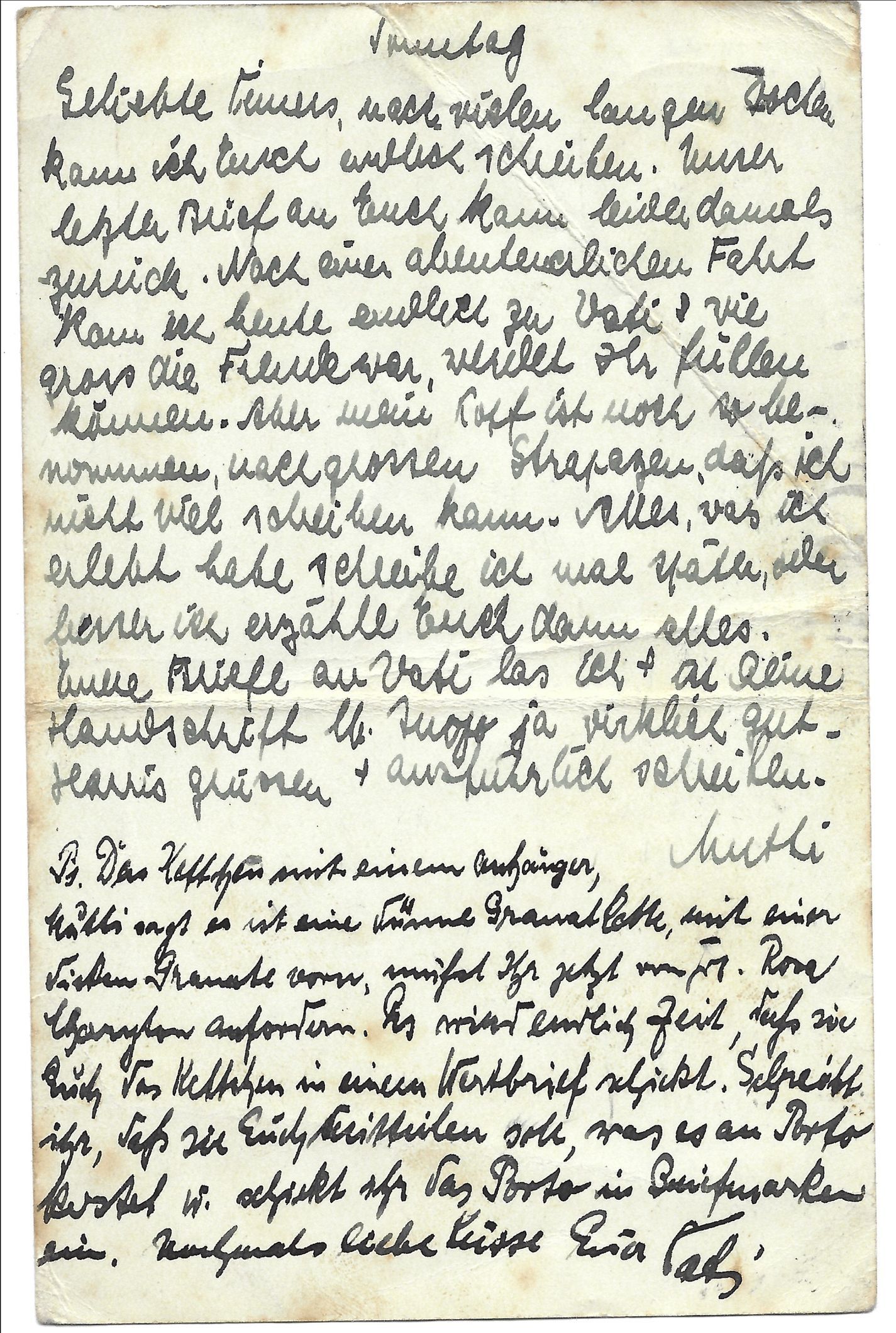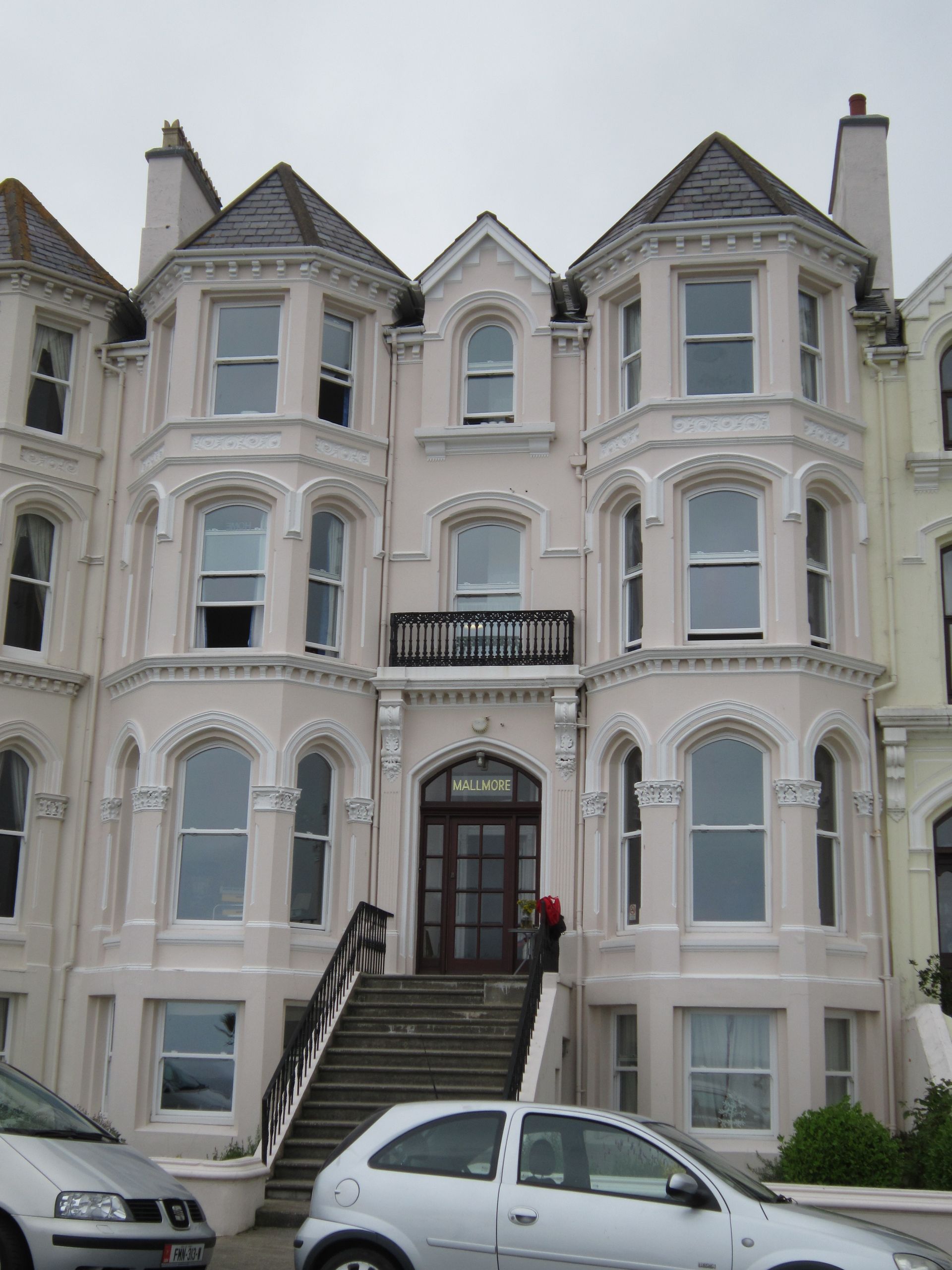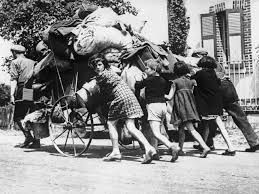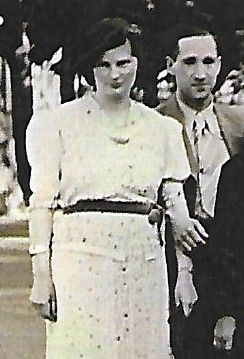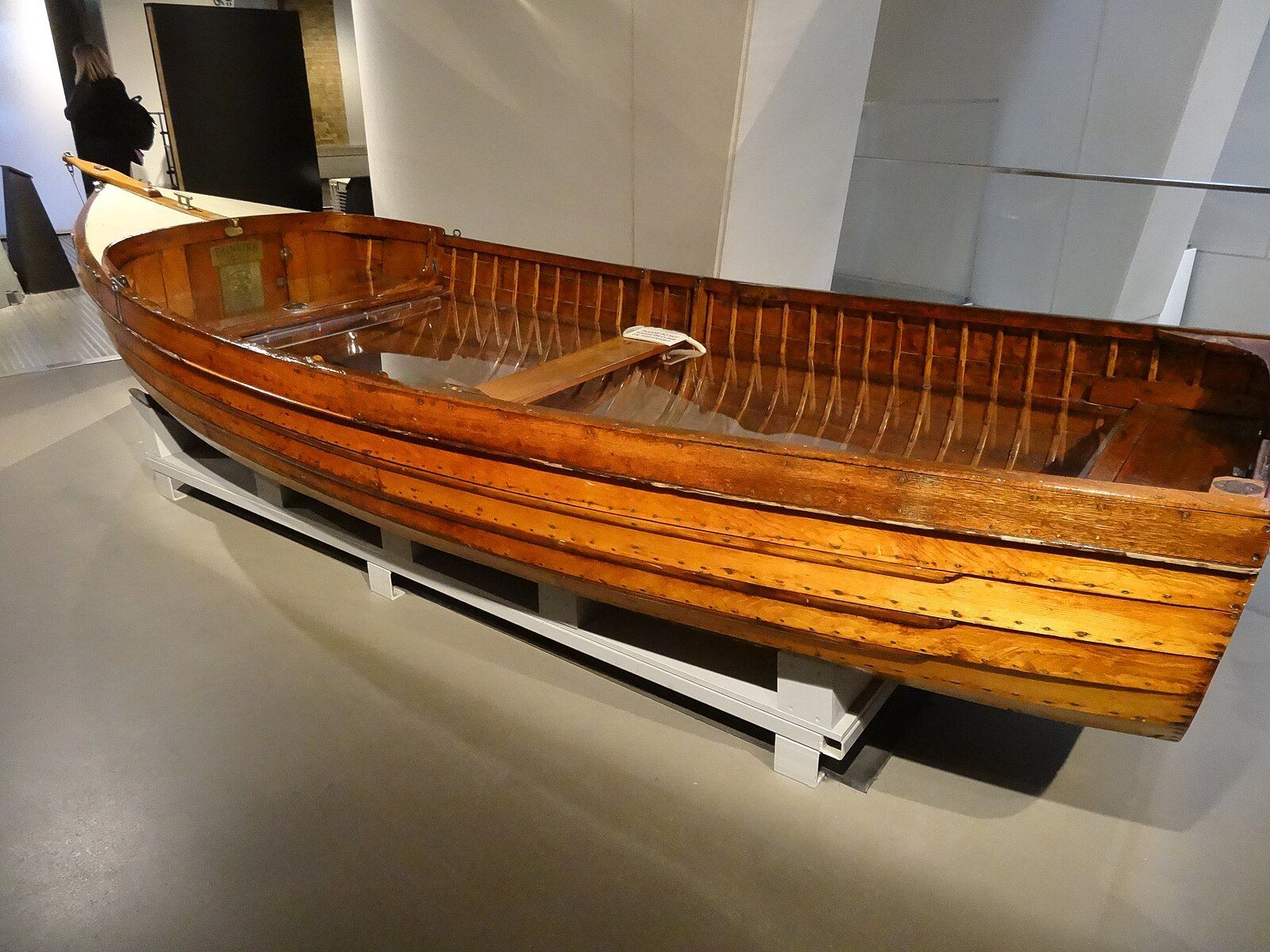serving in both world wars
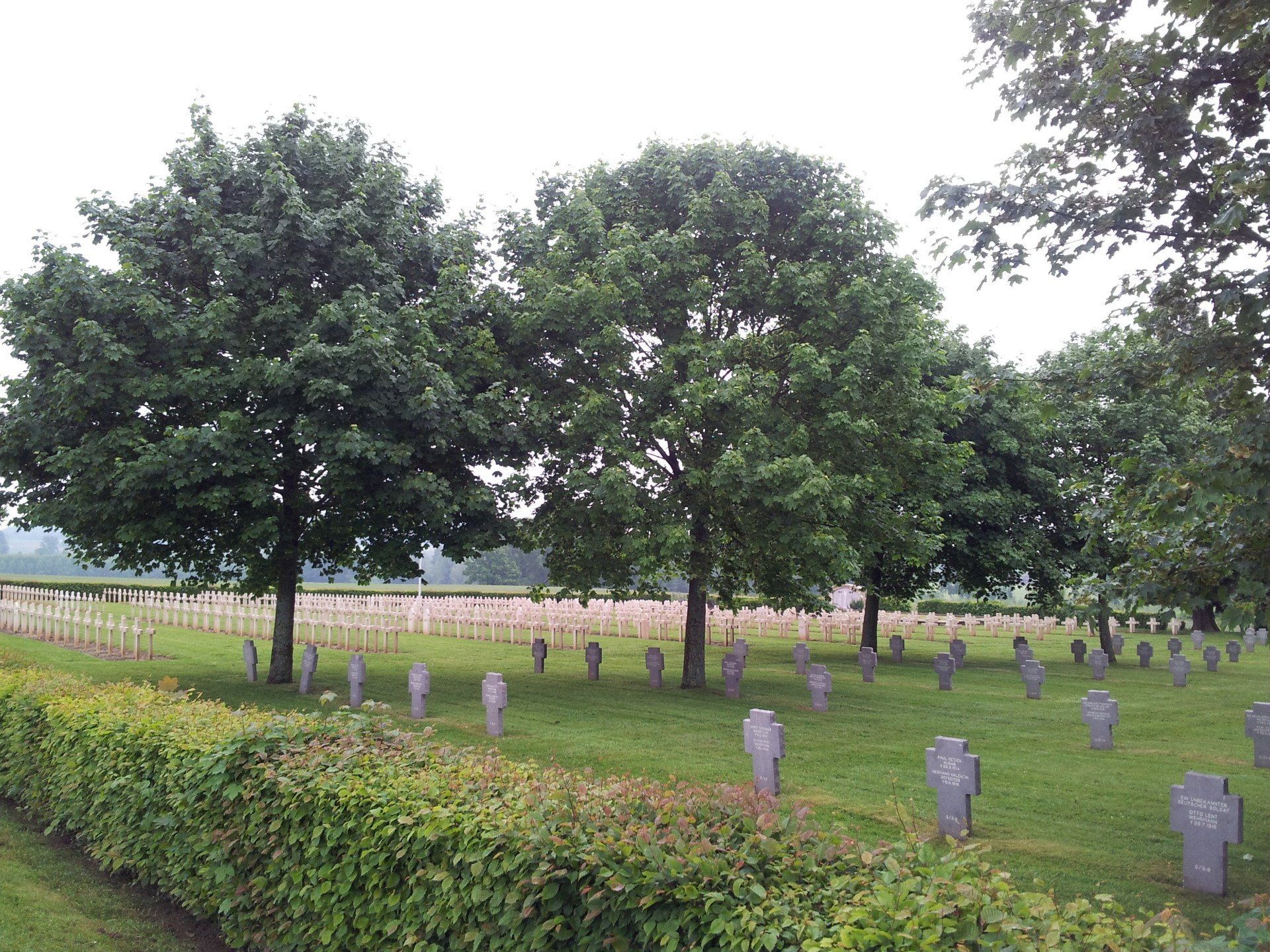
Men who served as combatants in both world wars very often recognised that they were fighting for a very different cause the second time round.
In 1914 the British diplomat Harold Nicolson was 'burning for war'. Herbert Sulzbach felt much the same – as he volunteered for the German Imperial army. When he was elderly, Sulzbach wrote 'the Great War is still so near to us, nearer than 1939 – 45.' He often spoke of it as 'the 'last knightly war', when soldiers on both sides believed in the justice of their cause, were filled with idealism, and 'had respect of each other, in spite of the terrible fighting.'
The artist Keith Vaughan, who was too young to fight in the First World War, distrusted such values. Painting scenes of barrack rooms in the Pioneer Corps – in places very similar to those in Sulzbach's Second World War service career - he considered that in wartime, 'it is through conditions commonly shared that one imagines oneself at one with [others], but it is an illusion.’
In his January 1932 diary, Nicolson described Hitlerism as 'a doctrine of despair' and foresaw a catastrophe for Germany. For the Jewish artist Samuel Bak, Nazism was 'a machinery of dehumanisation' where he realised 'what man is capable of doing to man.' Sulzbach fought Nazism, but not the 'other' Germany that he still believed existed. Despite the horrors, loss, and exile of the Second World War, Sulzbach held on to his chivalrous ideals. Wearing first field-grey for Germany and later khaki for Britain were both important.
As a British officer, Sulzbach worked as an interpreter amongst German officer PoWs. Some of them shared his First World War experiences, and of one of them Sulzbach wrote, 'tomorrow General Heim will have been here for one year. I sent him a photo of me. “My comrade from 1914/18, my enemy from 1939/45, my friend since 20 May 46”'.
(photo: military cemetery in Thiescourt, France, with German and Entente graves)
